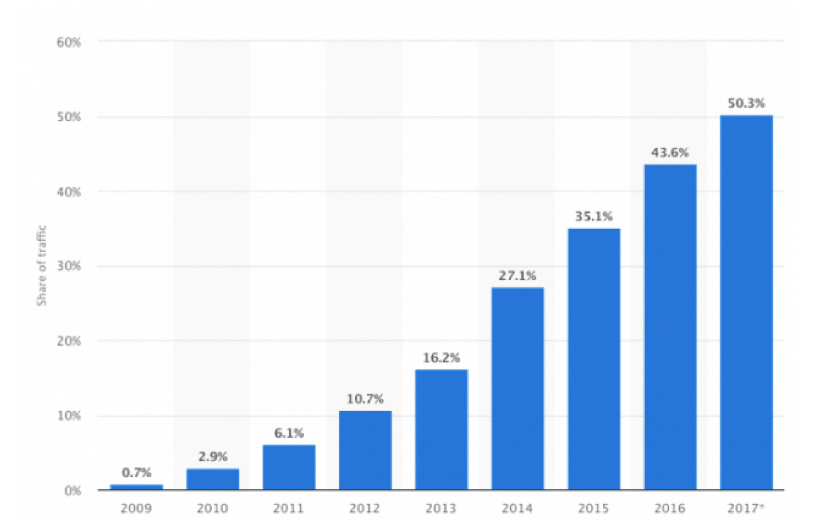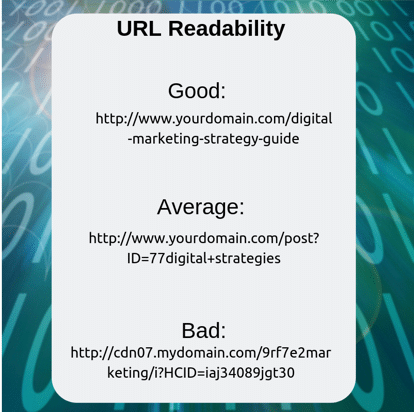SEO is something you continually need to update to succeed at it. It has to be a consistent part of your marketing strategy and by monitoring your results and checking your organic traffic and it will give you an idea of what is working and what isn’t.
To help improve your Google search ranking we have given 5 quick tips.
1 – Keywords to increase your SEO rankings
Keywords play a huge role in your rankings. Researching your keyword is the first step you should take. You want to use your keyword throughout your content but be aware of not to overload – your content and keyword should fit together naturally. Make sure you use a mix of generic keywords (marketing agency) and long tail keywords (marketing agency Glasgow). Also, to help Google understand what the content is about use words related to search (LSI Keywords). Free tools to help with keyword research:
- Generic keywords – Ubersuggest
- Long tail keywords use AnswerThePublic or Keyword.io
Add your keyword into your title, headers and body text is a good way to get to help increase SEO rankings for that keyword.
Be cautious of what keyword you are using as if you decide to use the same keyword for multiple pieces of content you can end up in competition with yourself and bring your website down in rankings. So, try and use a different keyword or phrase for every piece of content you write to avoid this issue arising.
2 – Content
As mentioned above, keywords matter, so writing content based on keyword data can really improve your SEO. Don’t write blogs just for the sake of it, do your research and find out what your buyers are searching for. Combining your content with your SEO efforts allows you to generate more website traffic at a faster pace.
How often do you update your website? Google loves relevant and fresh content and it is just trying to serve the best answers to its searchers. If you publish new content then it will most likely rank you higher.
Creating a content plan and setting yourself a schedule to publish blog posts can help you continually post content. I love Trello for content planning. Here is a board that will help with that – Trello board.
3 – Optimise for mobile
Did you know on Google – 60% of Google searches come from mobiles?
This means if your site isn’t optimised for mobile it’ll obstruct the user experience and ultimately affect your rankings. The first step would be to use a website such as https://search.google.com/test/mobile-friendly for a quick and easy way to see if your website is mobile friendly. Google recently launched a Googlebot that determines rankings based on the quality of the mobile version of your site along with its performance and user experience. The best way to have good mobile SEO is to make sure your website has good user experience and content. Read our latest blog to find out how to improve your website user experience.

4 – Making your URL, SEO friendly
Why does the URL matter for SEO? Well, keeping URLs as simple, relevant and compelling as possible is key to getting both your users and search engines to understand them. It provides your audience and search engines with a good indication of what this page will contain. This means that it is also important to make your URL readable, as seen in the examples below, some URL’s don’t show any indication of what the link is about and can put people off clicking on it. Don’t use wording that isn’t user-friendly as seen in the example
Shorter URL’s are generally more preferable as it allows for better user experience. Lengthy or auto-generated URLs are harder for people to share, keeping them short makes it easier to share through their social media channels. Although having a short URL is beneficial sometimes it’s not an option for social media sharing. If this happens then there are Tiny URL tools out there that you can use to cut it down slightly such as bitly or tinyurl.

5 – Meta Data
Title Metadata – Linked with your content and keyword research; your title tag is the most obvious part of a search result and can be a major part in the process of whether a searcher will click on your website or not. The title is responsible for how your page title is displayed at the top of a browser and the headline in search engine results. This title is also likely to be used as anchor text when it is being shared on other websites and on social media. Including your keyword within the title tag followed by the secondary keyword is a good way to improve your SEO ranking.
Description Metadata – The main purpose of description metadata is to get people to click on your link through a Google search. Descriptions are generated to describe what is on your page. A good meta description is a concise and appealing description of what is contained within. This is also important for your mobile sites as well as you’re dealing with limited screen space so having a strong description of what that page is about is beneficial to generate click-throughs from search engines. By using a call to action in your meta description, it invites your potential audience to click on your link and find out more about what you have to offer them.
Did you know click-through rate (CTR) is a ranking factor? Google RankBrain is boosting the search rankings of pages that have higher organic click-through rates.
If you want to find out more about how to improve your SEO, watch our latest Maven Monday video!



